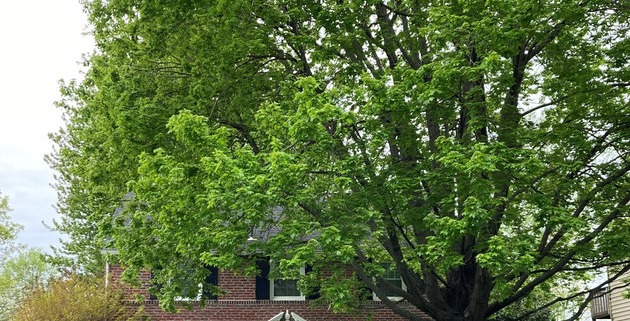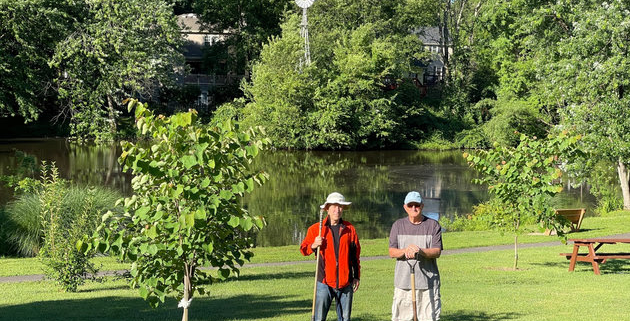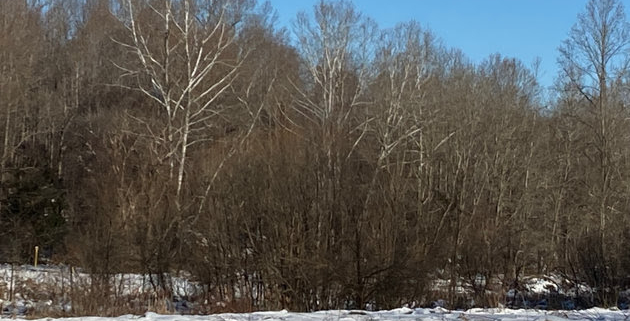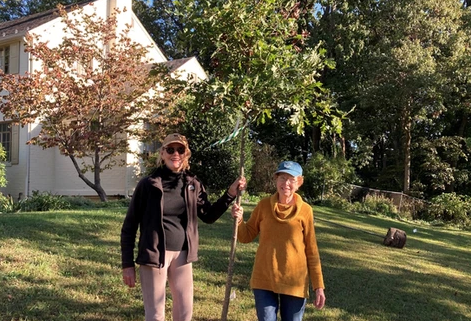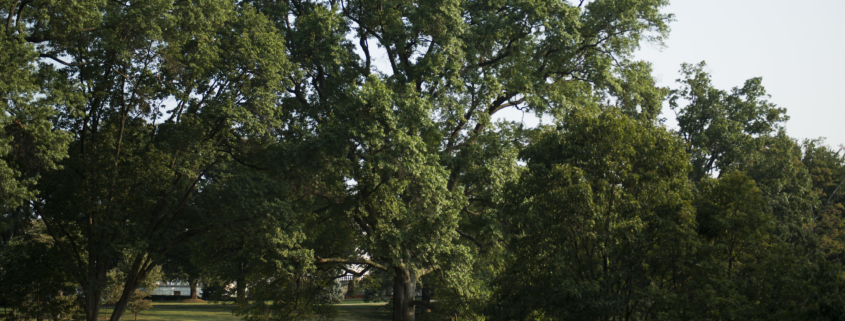Does Your Tree Company Speak for the Trees? Getting Help from the Pros
Photo: Sara Holtz, tree with “mulch volcano”
Article by Cindy Speas, Chair of the Fairfax County Tree Commission
I am frequently asked “What service do you use for advice about the health of your trees?” I’m glad to get the question, because often the expertise needed for lawn and landscape care is not the same service needed to evaluate the health of trees, which is a whole science unto itself. My response is always that you need a good arborist, and not every tree service has one on staff. Some tree care companies do provide a free arborist consultation—but you still must analyze the wide range of recommendations you will get. One strategy would be to hire an independent arborist first, followed by free arborist consultations from reputable tree service companies.
How can you find a qualified professional to care for your trees? Go to PlantNOVATrees for information on choosing someone to work with. Call several services, ask if they have an ISA certified arborist on staff and what the fee is for a consultation (if any). Get recommendations from those you know whose trees are healthy and well-maintained. For more details read Virginia Cooperative Extension’s excellent publication on hiring an arborist.
You will be in a better position to evaluate the arborist’s advice if you know some of the best management practices in tree maintenance and care before you have a consultation. Here are some telltale recommendations that a good arborist would NEVER MAKE:
-
That you should top your tree (take off the ends of most or all of the branches)
-
That you should preventatively spray your tree canopy with herbicides to kill any bugs (“pests”) that might be there
-
That you should trim out all the dead wood that can be seen
-
That you should trim living branches in a way that leaves a part of the branch (spur) on the tree
-
That you should build up mulch in a “volcano” shape around the base of the tree trunk to hold in water or discourage pests
-
That you should frequently irrigate your trees using a sprinkler.
In fact:
-
You should NEVER top your trees—this will hasten their death.
-
You should ONLY use foliar herbicidal spray on your tree if there is clear evidence of a killer pest, and not just one that chews on the leaves a bit. A “preventative” spray will kill pollinators and the other beneficial insects that live in your trees and that attract songbirds to your yard. Spraying can also be harmful to overall tree and soil health.
-
You should ONLY remove dead wood that is hazardous to humans or property. Removing all the observed dead wood does not improve the health of any tree.
-
You should NEVER leave a branch spur (nor cut a branch flush to the trunk), because the tree cannot heal those wounds. Always remove branches right between the collar and the tree trunk so the wound can heal. It is preferable not to trim living branches if at all possible.
-
You should NEVER allow mulch to be “volcanoed” around the base of any tree—volcanoing encourages roots to grow above ground into the mulch and invites fungi and tree pests.
-
You should NEVER overwater your trees—if drought conditions suggest an occasional thorough watering, you should place a hose at various points around the root zone for a long, slow drink.
Ask the arborist for the science behind his or her recommendations—if you are told you have pests, ask how the arborist diagnosed that. If you are told the trees need fertilizing, ask how and why the arborist believes that is a good strategy. If the responses aren’t based on good scientific evidence, then you might not have the best arborist for your trees. If an answer doesn’t seem exactly right, is too costly, or requires a signed annual contract including all their recommendations before doing the work that you actually want, get a second or third arborist’s opinion. You’d do that for your health and that of your family, so why not also do that for the health of your trees?


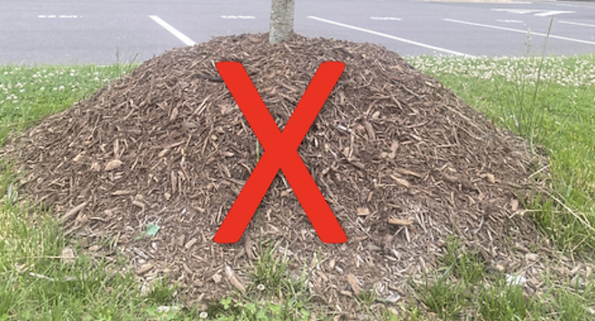

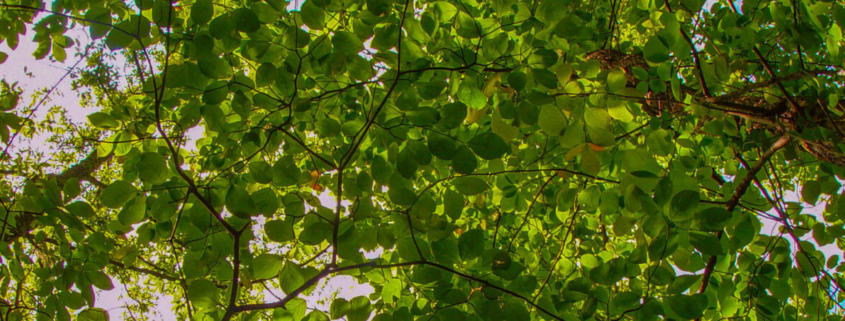
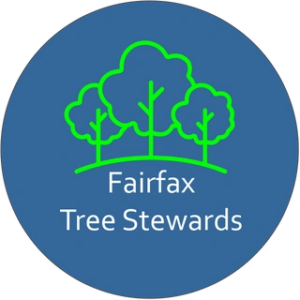 with Fairfax Tree Stewards (FTS). FTS is an educational, non-profit, volunteer organization providing specialized training and certification focusing on trees. It is a program under the auspices of
with Fairfax Tree Stewards (FTS). FTS is an educational, non-profit, volunteer organization providing specialized training and certification focusing on trees. It is a program under the auspices of 